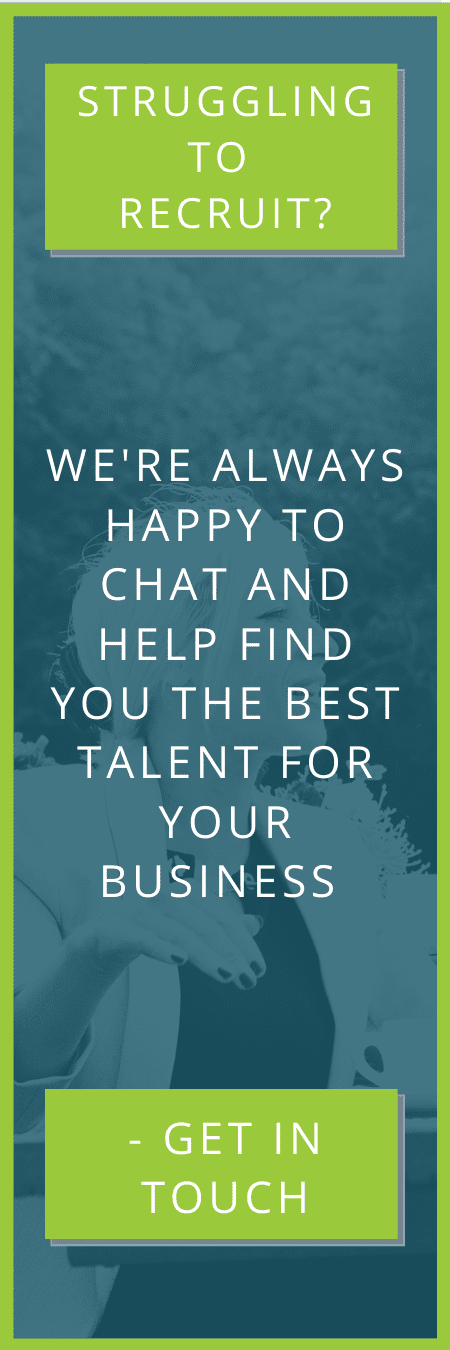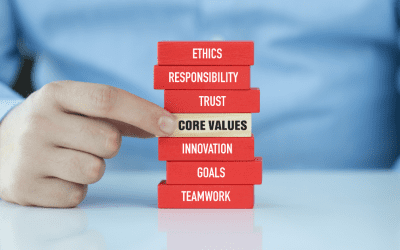The Culture-fit Myth: Could you be practising affinity bias?
As an employer, it can be natural to want to hire candidates who will fit in with your company’s culture. After all, having a team of employees who share common values and work styles can improve morale and teamwork – it’s important for us here at iMultiply for example. However, it’s important to be aware of the potential pitfalls of focusing too heavily on “culture fit” during the hiring process.
But why is this bad?
One common mistake that employers make is assuming that a candidate who shares their personal interests, values or backgrounds will automatically, just because of that, be a good fit for the company. This type of thinking, known as affinity bias, can lead to hiring decisions that are based on superficial factors rather than the candidate’s experience and potential contributions to the team.
This type of bias can be particularly damaging because it can result in a homogenous workforce that lacks diversity and thought inclusion. Moreover, placing too much emphasis on culture fit can have the unintended consequence of excluding diverse candidates who might bring fresh perspectives and ideas to the table. In other words, prioritising culture fit can result in a workplace that lacks the diversity of thought that is crucial for driving innovation and staying competitive in today’s market.
Instead of focusing solely on culture fit, employers should strive to create a diverse and inclusive work environment that values a wide range of perspectives and backgrounds. This means actively seeking out and considering candidates from a variety of backgrounds, fostering a culture that encourages unique thought, and providing support and resources to help them succeed. That’s doesn’t mean your team won’t gel, or buy-in to your shared purpose – it just means they can join together to do so bringing different elements to the party.
So, how can you tell if you’re practicing affinity bias? Here are a few signs to watch out for:
- You tend to hire and promote individuals who come from a similar background to yourself or have had a similar life experience.
- Your current workforce is homogenous, lacking in diversity in terms of gender, race, age, and other elements.
- You find yourself making shared interests or hobbies a weighty factor in your hiring choices, even when candidates may not be the most qualified for the job.
If you notice any of these signs, it’s important to take steps to address them. Here are a few ways you can do that:
- Make a conscious effort to diversify your candidate pool. This can involve using more inclusive language in your job postings, reaching out to organisations that support underrepresented groups, and making sure you’re sourcing candidates from a variety of sources or platforms.
- Set objective criteria for evaluating candidates. Having a guideline created in an objective environment can help to reduce the influence of bias on your decision-making process in the moment.
- Seek out diverse perspectives. Encourage open and honest communication in your team and make sure that everyone’s voice is heard. This can help to prevent groupthink and ensure your team is making decisions based on the best information available.
In summary…
By taking these steps, you can help to reduce the impact of affinity bias in your workplace, leading to a more diverse and inclusive team that is better equipped to tackle the challenges of today’s business world.
In short, the myth of culture fit at work rests on a flawed principle- that similarities across the board are the key to a successful and productive team. Reality looks a little different. It’s important to avoid affinity bias and prioritise diversity and inclusion in order to build a strong, dynamic workforce, whose thoughts mirror the diverse world around us.
If you’re looking for a new role at the moment, or are interested in seeing what is out there, why not have a look at our current jobs.
 |
Written by Stuart Cadger. Click here to email Arantza, or click here to meet the rest of the team. |
finding this interesting?
Why not share it with friends?
It's good to talk
Get in Touch







